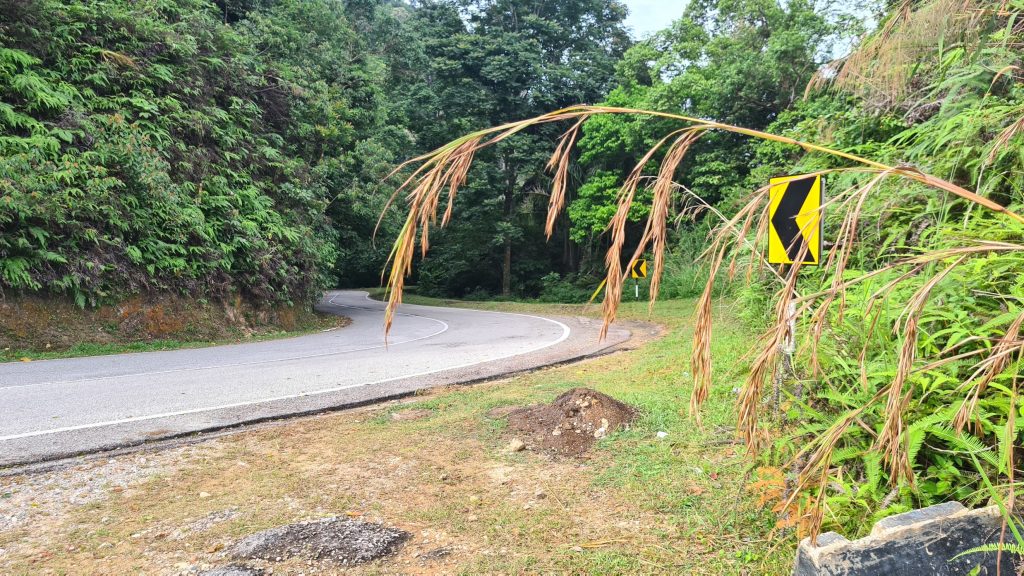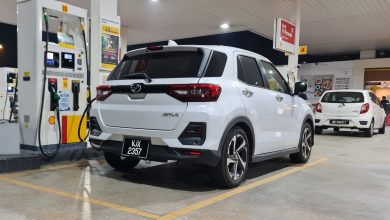Should Malaysia Mandate Roadworthiness Inspections?
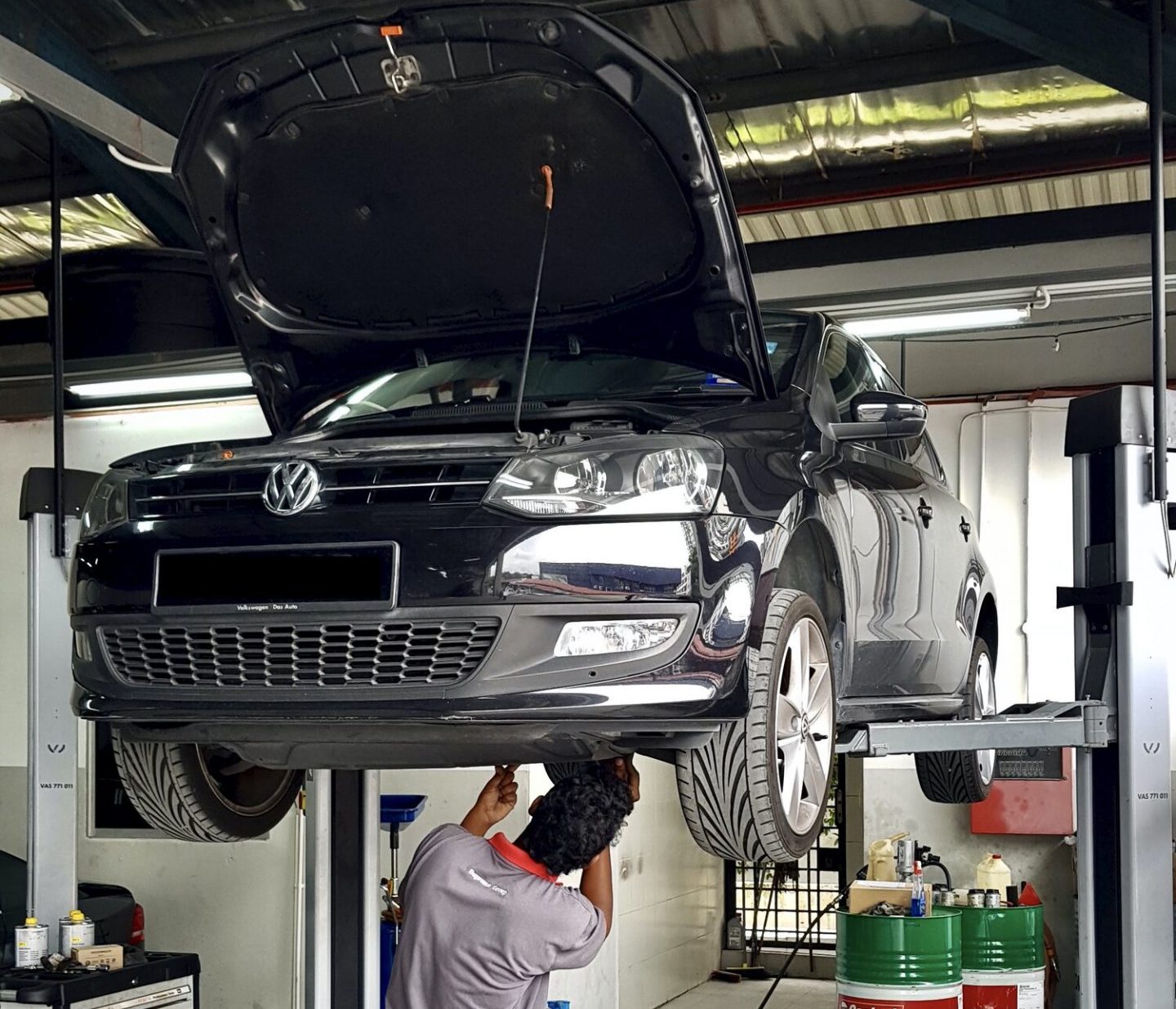
Weighing up the reasons as to whether this plan would make Malaysian roads a safer place to drive on.
On the road today, it is not uncommon to see cars that make you wonder how are they still on the road. I’m not talking about classic cars with loving owners, more referring to the totally beaten up old bangers that one might rightly ask the question is it actually safe to follow this car from behind?
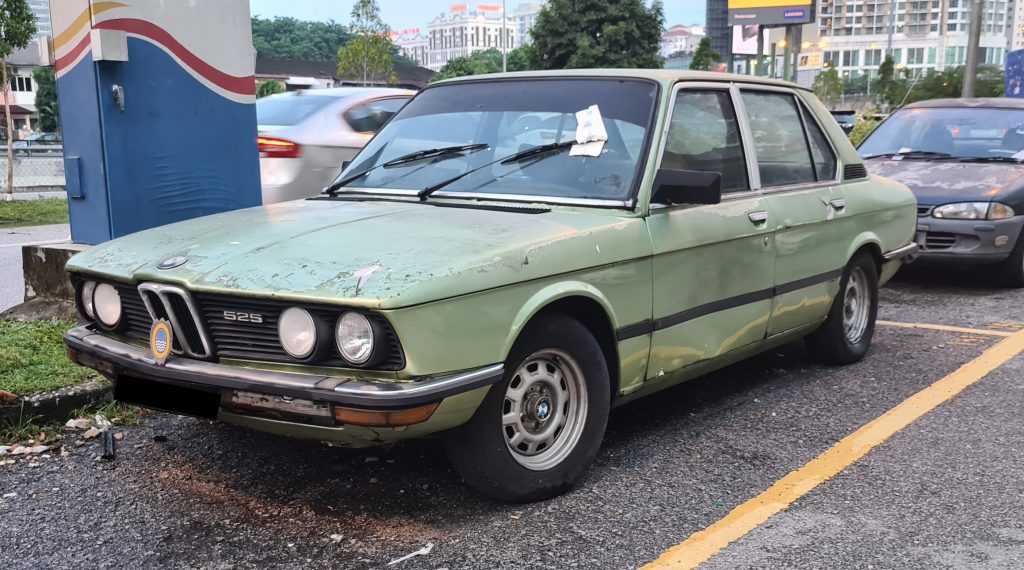
It is not just older cars with fading paint and missing trim pieces I’m talking about though. Those are just aesthetic blemishes caused by the hard lives lived by cars here under the harsh Malaysian climate. That being said, there is a pattern with these cars to also have blown bulbs, bald tires and smoky exhausts. With probably the less said about the thin brakes and dodgy suspension, the better.
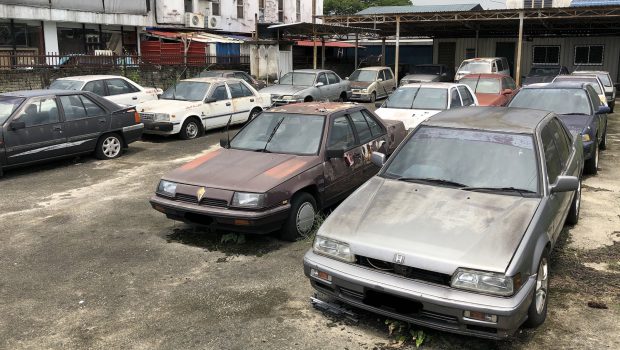
Of course, this is not a problem that only affects junkers. Newer cars too have been seen with bald tires and broken tail lights. So the thought then transitions to how are these cars are still allowed to be on the road? It is not a question of whether will they be a hazard to other road users or not, but how big of a hazard are they.
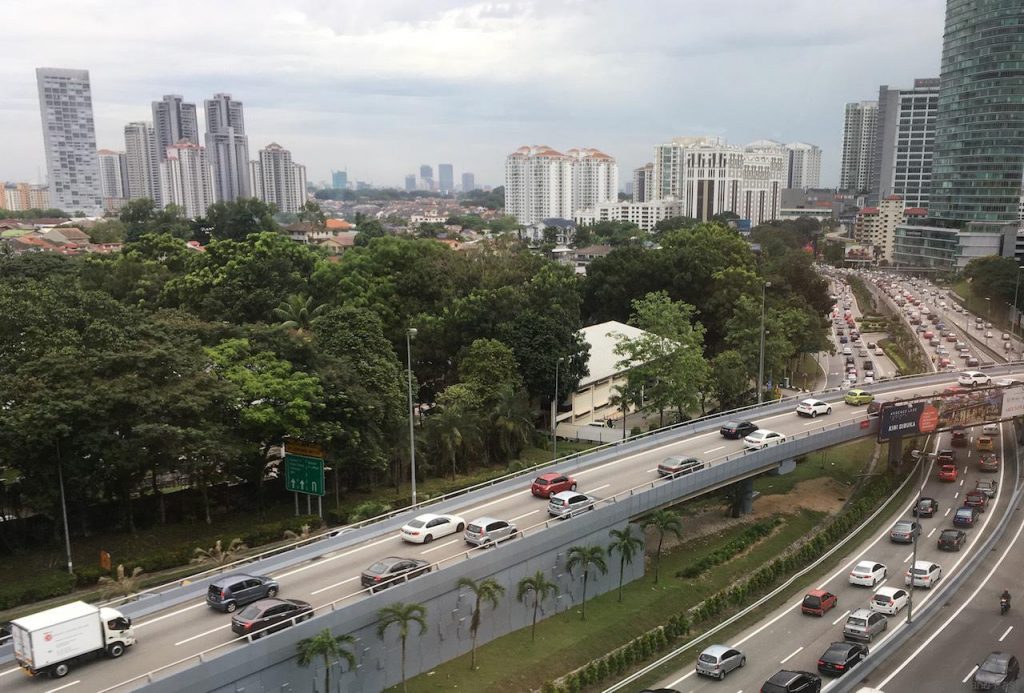
As of this moment though, Malaysia simply does not have the proper framework to deal with these ill-maintained cars that are still legally allowed to be driving around the streets of Malaysia. Police road blocks may catch dark tint, fancy number plates and loud exhausts, but the officer by the road will not saman you for bald tires or worn out brake pads.
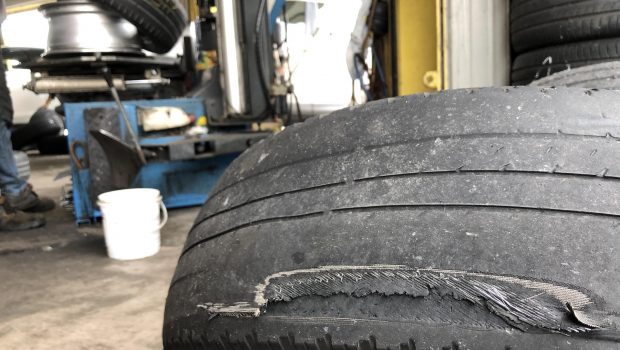
However, there might be a simple solution to ensure that all cars on Malaysian roads meet a minimum safety requirement, and that is through a mandatory roadworthiness inspection.
This idea is not radical by any means as these mandatory roadworthiness inspections has already been implemented in other countries for decades already. The UK has its MOT, Germany has its TÜV and Japan has its Shaken certificate. Although some details differ between these systems, in general any cars older than three years old is required to go for a mandatory road worthiness inspection before legally allowed on the road again.
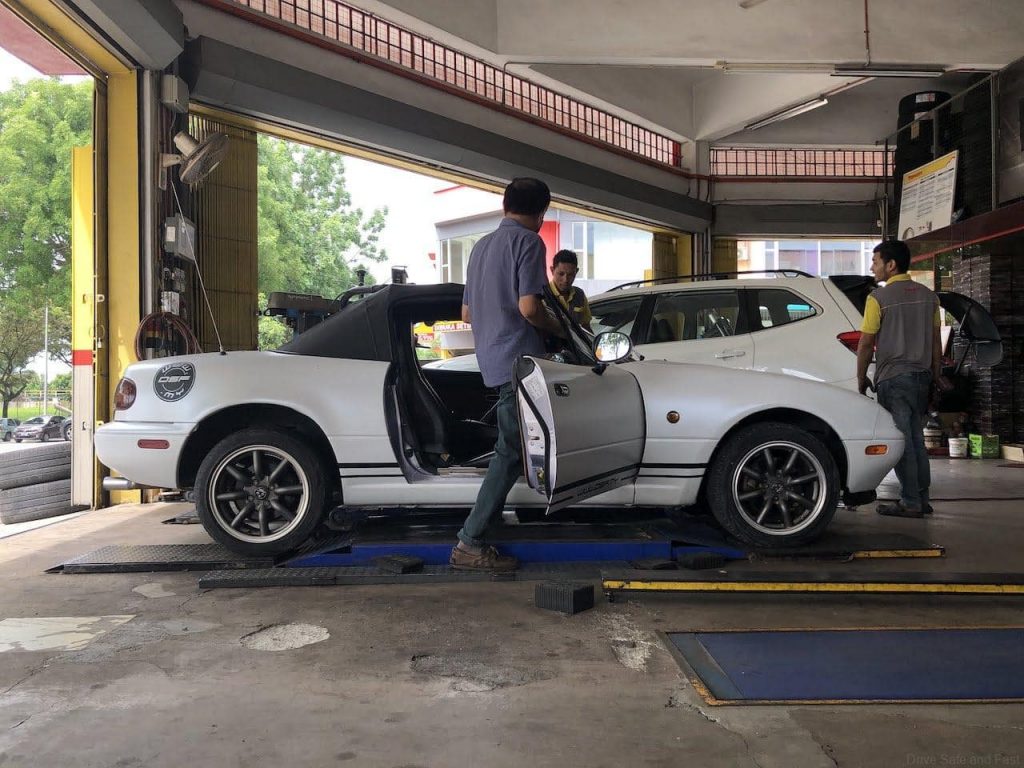
Some might argue that we do have this system too, and it is called Puspakom. However, Puspakom is there only when the ownership of the car changes hands. As the law stands today, any car with a valid road-tax and insurance is road legal under the eyes of the Malaysian government, regardless of how hooptie your car is.

To keep things civil, let’s not talk about the feasibility for the government to implement such a scheme or the inevitable abuse that will be inherent, and all the other nitty gritty details that always derail discussions like this. Let’s just focus on the simple question of whether a certificate of roadworthiness for older cars should be a consideration in Malaysia.
An undeniable fact in this debate will be that older car will inherently suffer more wear. Tires don’t last a lifetime, old tires are still going to be a ticking time bomb even if it is on a garage queen. And the same goes for other wear and tear parts too like brakes, bulbs and suspension. Sure the lifespan of this products may have improved thanks to modern technology, but you can’t seriously expect these parts to last the lifetime of the car, which could be 10, 20 or 30 years for all we know.
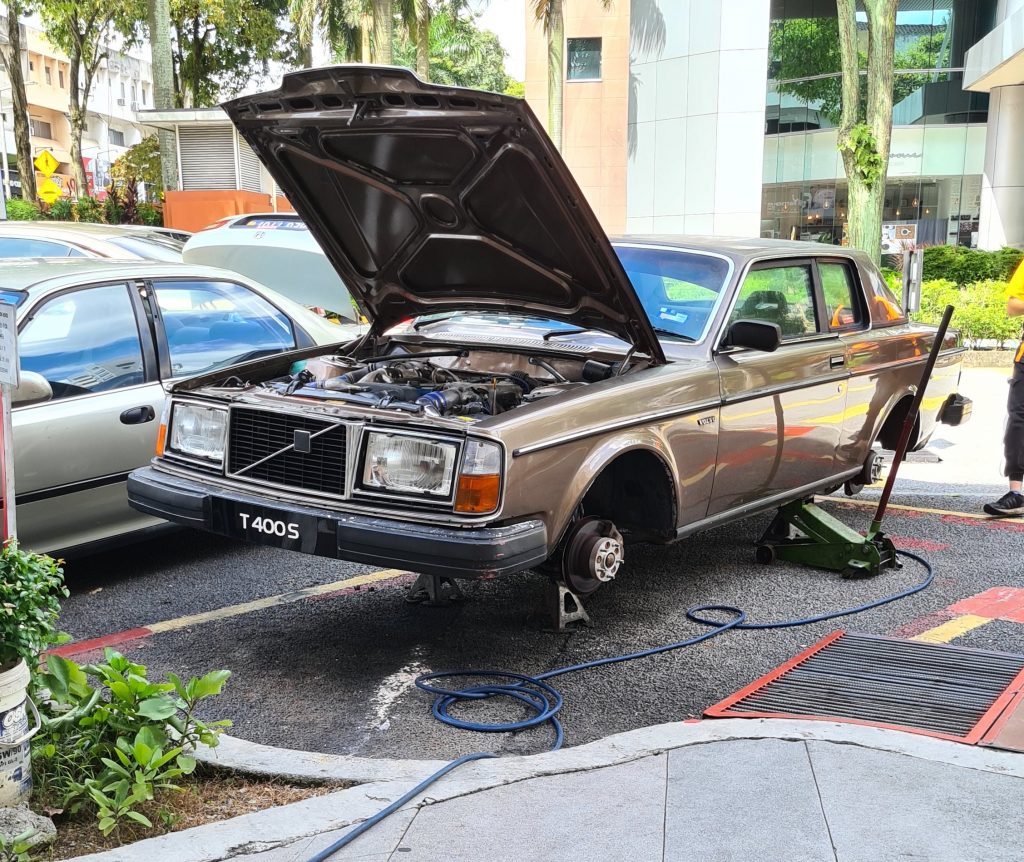
This point however may lead some to say that there is no need for these mandatory road inspections, because most of these items will be changed during a regular car service. All the parts mentioned above are consumables that are on the servicing schedule to be replaced. However this all hinges on every car owner remembers to send their car in for a service.
Most readers here would probably religiously maintain your pride and joy, but do you really think that every motorist on the road will be diligent enough to send their cars for a service according to the service intervals?
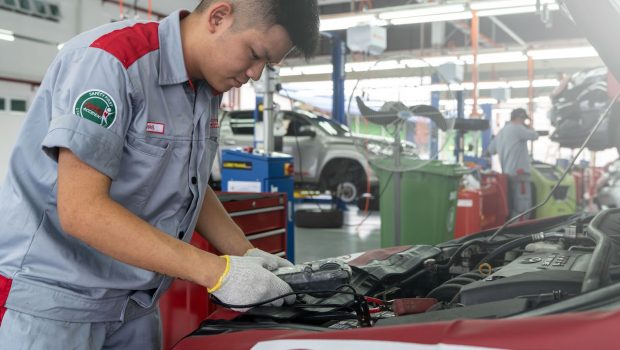
Which leads neatly into the larger issue of improper and/or inadequate education on vehicle maintenance. As mentioned prior, most reading this article would most likely keep on top of their cars maintenance schedule. This may not be the case for the average Joe who may not even know how to open the bonnet on their cars, let alone checking the engine oil.
Tell me the last time you’ve seen a makcik check the condition of her tires on her Perodua Kancil that she takes to the market.
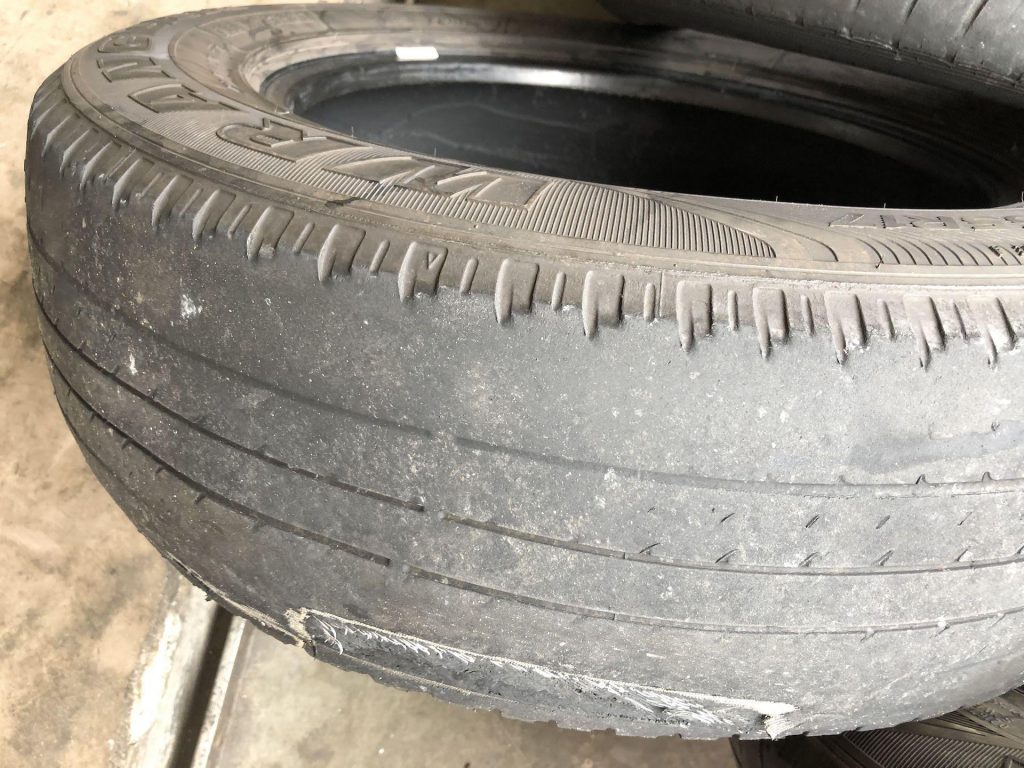
You might expect these kind of things to be taught in the driving lessons. To be frank however, judging by the driving skills of some Malaysians, the driving test didn’t even teach them how to drive, what more of teaching them about proper car maintenance?
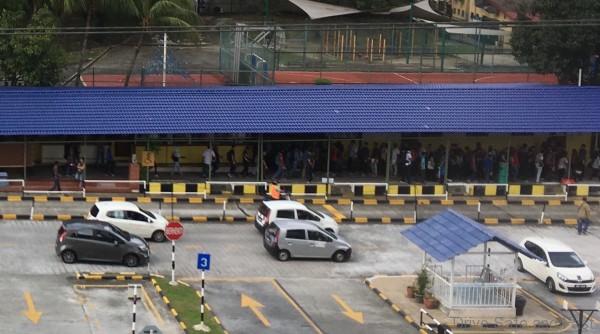
Speaking too of the car service, how are we to know that these mechanics are actually doing a proper job, especially on essential safety items like brakes and suspension? As car guys we all know a competent mechanic to do a good job, however to the vast majority of motorists a cheap fix is as good as any. With the usual line being: I’m also not going to be driving fast, just go to work and come back only mah.
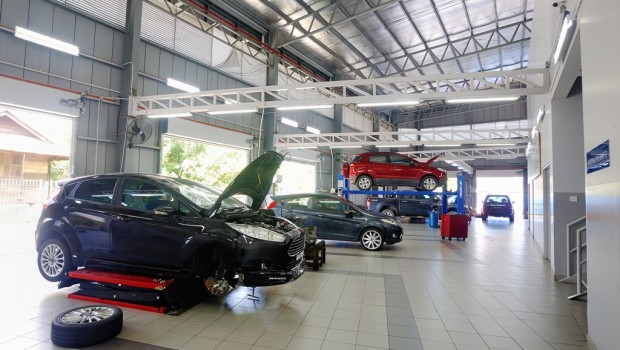
The uncomfortable truth is that a vast majority of people treat their cars as appliances, a car to them is much like their microwaves and their washing machines. Honestly now, when was the last time you serviced your refrigerator? For an unserviced fridge however, the worse that could happen is a fridge full of warm food. An unsafe car meanwhile can easily turn into a one-tonne projectile coming towards you at highway speeds.
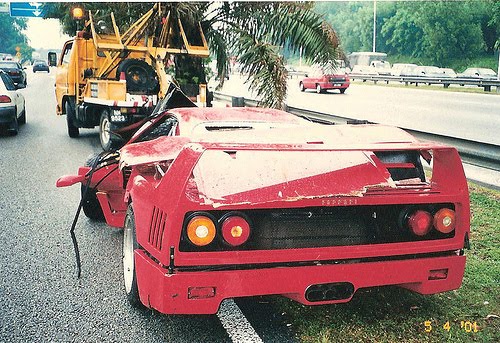
There is however another argument against these mandatory roadworthiness inspection, and it stems from the enthusiast community itself. Specifically on the people who enjoy modifying their motors.
These mandatory roadworthiness inspections can be seen in some sense to be curbing their modifying flair as when these cars go through the yearly test, it is rightly so that illegal modifications would be flagged through this process. This very same problem is already a thorn on the modifying scene in countries that implement this supposedly ‘draconian’ inspection, with constant grumbles heard from enthusiasts living in those countries who can’t do what they really want to do to their older cars.


Lastly, just touching briefly on to the cost debate in implementing such a scheme here. Some might say these inspections will increase the already ownership cost on cars here in Malaysia, making them more unattainable for people who need personal transport to survive.
However the inspection only uncovers things that needed to be fixed anyway, so by that logic what is essentially advocated here is that broken cars should remain on the road because it’s cheaper?
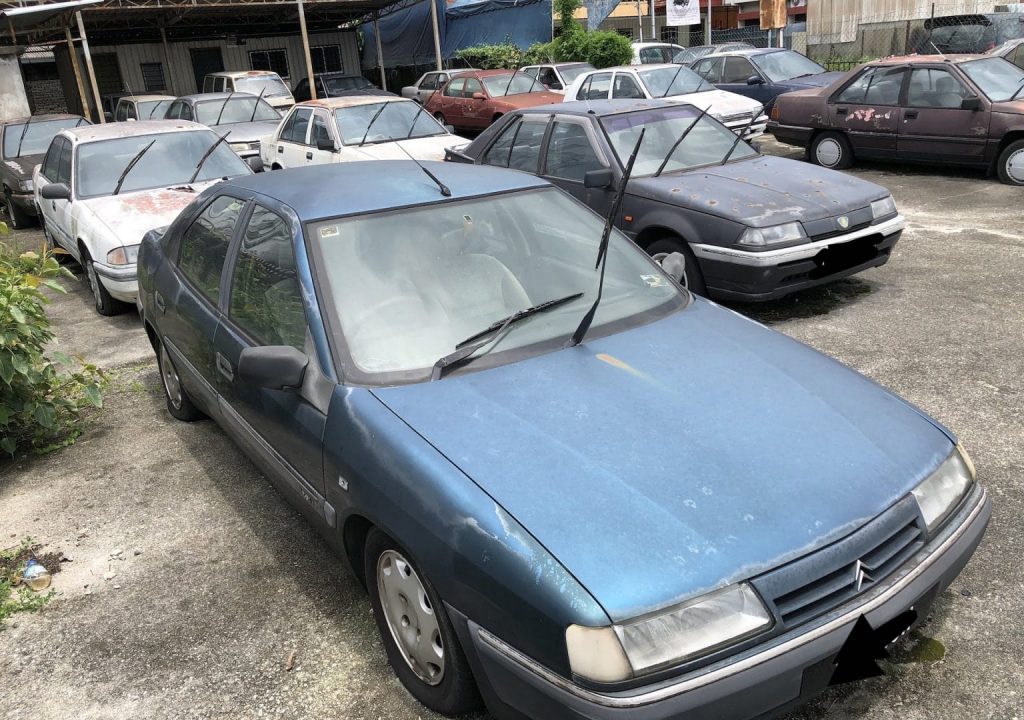
Think of this roadworthiness inspection as the annual dental checkup during your schooling days. When a dentist would come and check your teeth. To most people, it’ll just be a minute-long prod in the mouth. Those who have any cavities though will be detected and can be dealt with before the whole mouth rots.
The roadworthiness inspection goes by the exact same logic, which is to catch these people out and prevent preventable accidents from ever occurring. Thus, make the roads a safer place for everyone.
